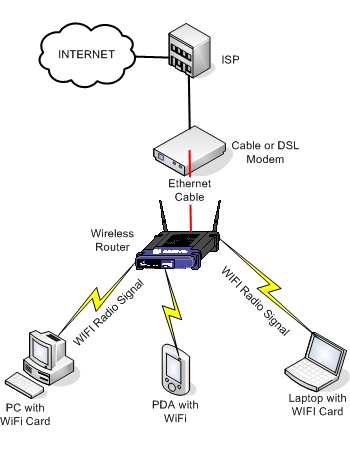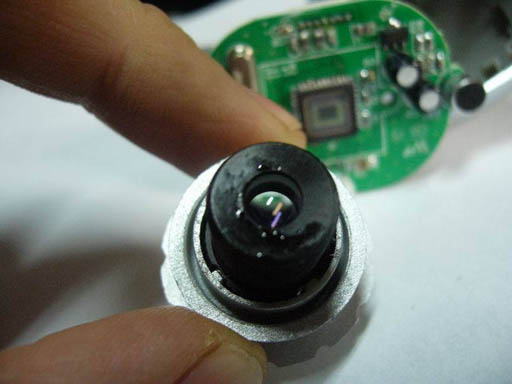
The Blackberry 8800
The Treo 750
The Motorola Q
The Helio Ocean
The Apple iPhone
The Sony Mylo
Individuals are finding it convenient and productive to use wireless devoices for several reasons. First, they can make productive use of time that was formerly wasted. Second, because they can take these devices with them, their work locations are becoming much more flexible. Third, wireless technology enables them to allocate their working time around personal and professional obligations.
2. Describe the various types and general characteristics of wireless transmission media/technologies - microwave, satellite, infrared and radio waves.
Microwave: are widely used for high-volume, long-distance, line of sight communication. Microwave transmissions are susceptible to environmental interference during severe weather such as heavy rain or snowstorms. Although long distance microwave data communications systems are still widely used, they are being replaced by satellite communications systems.
Satellite: transmission systems make use of communication satellites. Currently there are three types of satellites around the earth: geostationary (GEO), medium earth orbit (MEO), and low earth orbit (LEO). The higher a satellite orbits, the larger its footprint. Thus, middle-earth-orbit satellites have a smaller footprint than geostationary satellites, and low-earth-orbit satellites have the smallest footprints of all.

Radio: transmission uses radio-wave frequencies to send data directly between transmitters and receivers. Radio waves travel easily through normal office walls in addition, radio devices are fairly inexpensive and easy to install. Finally, radio waves can transmit data at high speeds. For these reasons, radio increasingly is being used to connect computers to both peripheral equipment and local area networks.
Infrared: light is red light that is not commonly visible to human eyes. Common applications of infrared light are remote control units for televisions, VCR’s, DVD’s and CD players. Infrared transmitters are used for short-distance connections between computers and peripheral equipment and local area networks.

3. What is Bluetooth/how is it used?
Bluetooth is an industry specification used to create small personal area networks. Bluetooth can link up to eight devices within a 10 meter area using low power, radio-based communication. It can transmit up to 2.1 Mbps. Bluetooth has low power consumption and its use of Omni directional radio waves. This means that it a person does not need to point one Bluetooth device at another for connection to occur.

4. What are WLAN's, Wi-Fi, WWAN's, 3G?
Wireless Local Area Network (WLAN) is a computer network in a limited geographical area that uses wireless transmission for communication.
Wireless Fidelity (WI-FI) is a set of standards for wireless local area networks based on the IEEE 802.11 standard.
Wide-Area Network (WAN) is a network, generally provided by common carriers, that covers a wide geographic area.
Third generation (3G) uses digital signals and can transmit voice and data up to 384 Kbps when the device is moving at a walking pace, 128 Kbps when moving in a car, and up to 2 Mbps when the device is in a fixed location. 3G supports video, Web browsing, and instant messaging.

5. What are the drivers of mobile computing and mobile commerce
Mobile commerce
Widespread availability of mobile devices
No need for a PC
The “cell phone culture”
Declining prices
Bandwidth improvement
Mobile computing
Mobility which is based on the fact that users carry a mobile device with them and can initiate a real-tie contact with other systems from wherever they happen to be.
Broad reach which refers to the fact that users carry an open mobile device, they can be reached instantly.
6. Explain the nature of RFID
Radio Frequency Identification (RFID) technology allows manufacturers to attach tags with antennas and computer chips on goods and then track their movement through radio signals. Most RFID tags contain at least two parts. One is an integrated circuit for storing and processing information, modulating and demodulating a radio-frequency (RF) signal, and other specialized functions. The second is an antenna for receiving and transmitting the signal. Today, RFID is used in enterprise supply chain management to improve the efficiency of inventory tracking and management.
No comments:
Post a Comment